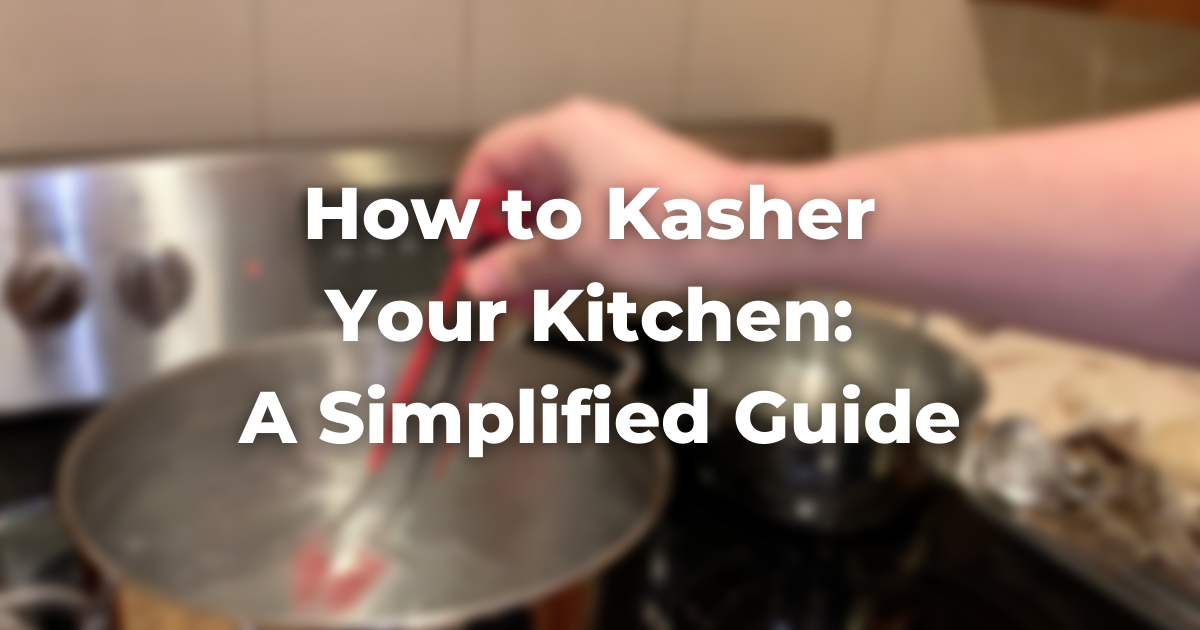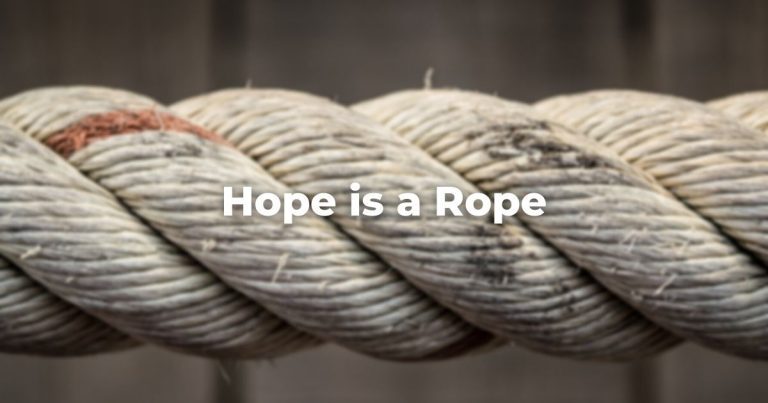This is a simplified guide on how to kasher (make kosher) various items in your kitchen, especially for Passover. For further more robust instructions, you can find this year’s Passover Guide and information here.
This guide will outline how to make kosher a glass stovetop, metal pots and pans, metal utensils, metal frying pans, metal sink, an oven, and a microwave. These videos were originally recorded in 2020.
You can find the compilation video here and each step below:
Core principle:
The core principle for much, but not all kashering is כבולעו כך פולטו, k’bol’o kakh pol’to or “as it was absorbed, so it is removed.” This principle means that the way something is used, and the rabbinic concept of flavor (ta’am, טעם) which is something very physical, is absorbed, is the same way you remove that flavor.
Think about a regularly used coffee cup, sometimes there are coffee rings that surface. The cup is clean but the coffee has absorbed into the cup. The flavor/ta’am works kind of like that.
In order to remove it, we heat the items up to a high temperature in a similar way to how we would use them. We boil meat soup in a pot to cook it and therefore boil out that meat flavor/ta’am to remove it.
Preparing to Kasher
In general, in order to kasher something, the item should be clean and unused for about a day.
To find out which items are kasherable and more details, you can find the Passover Guide here.
How to Kasher a Glass Stovetop
Instructions:
- Clean the surface thoroughly.
- Heat the elements to burn off any food particles. (Be careful!)
- Boil water in a kettle.
- Pour the boiling hot water onto the stovetop.
How to Kasher a Metal Pot
Instructions:
- Fill the pots with water and bring them to a boil.
- Overflow the pots with that boiling water.
How to Kasher Metal Utensils
Instructions:
- Fill a metal pot with water and bring it to a boil.
- At a rolling boil, fully submerge clean metal utensils.
- Tip: Kasher a long utensil first so you can easily remove kashered utensils afterward.
- For long utensils, you can kasher both sides in two steps. For really long utensils that will not be fully submerged, you can pour boiling water in the middle unsubmerged portion.
How to Kasher a Metal Frying Pan
Instructions:
- Heat up the frying pan on your kashered stove top.
- Take a tiny strip of newspaper or something like it and burn it on the frying pan. This leverages the idea of libun kal, of a “light white-hot” process. It can be found in the Shulkhan Arukh 451:4 here according to the Ram’a.
- When the newspaper begins to burn, your pan is kashered.
How to Kasher an Oven
Instructions:
- Fully clean your oven.
- Heat your oven to an extremely high temperature for about 30-60 minutes. Be careful!
- Once the oven has cooled clean out any ash that remains.
How to Kasher a Metal Sink
Instructions:
- Fully clean your sink thoroughly.
- Pour boiling water from the inside out.
How to Kasher a Metal Pan
Instructions:
- Heat your oven to a high temperature.
- Place your clean metal pan into the hot oven and wait until any food particles have been destroyed.
How to Kasher a Microwave
Instructions:
- Place a glass of water into the microwave and heat the water until it evaporates.
- Halfway through, move the glass to a different location so every part of the microwave has steam.
- DO NOT let the water fully boil away out of the glass as this is not safe.
Author
-

Rabbi Jeremy Markiz is a teacher and consultant. Based in the Washington, DC area, he teaches the TorahRefers to the first five books of the Hebrew Bible, the Tanakh, also called the Five Books of Moses, Pentateuch or the Hebrew equivalent, Humash. This is also called the Written Torah. The term may also refer to teachings that expound on Jewish tradition. Read more of personal growth, meaning and intentionality, and making the world a better place. He writes a newsletter called, With Torah and Love. Rabbi Markiz helps clergy, congregations, and Jewish organizations grow and communicate clearly in the digital world, develop effective strategies, and solve problems with his consulting firm, Next Level Rabbinics.
View all posts






